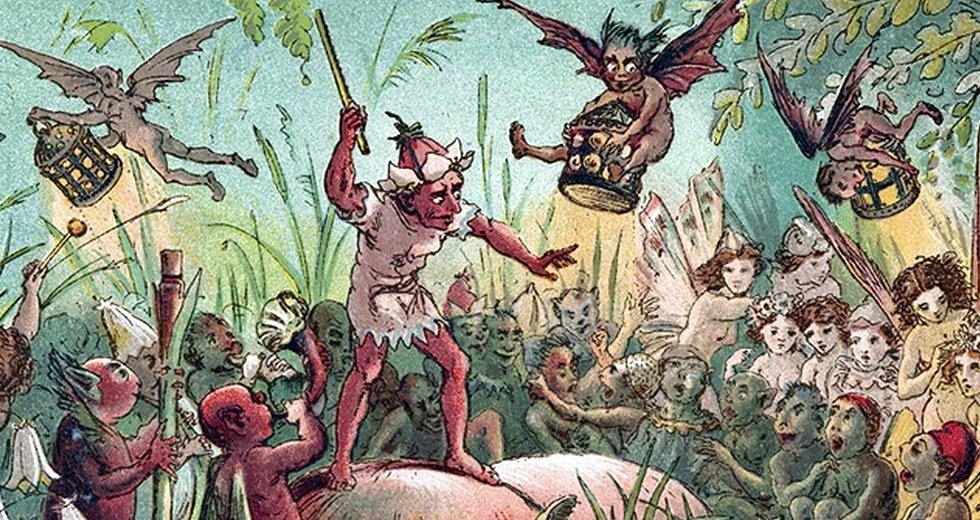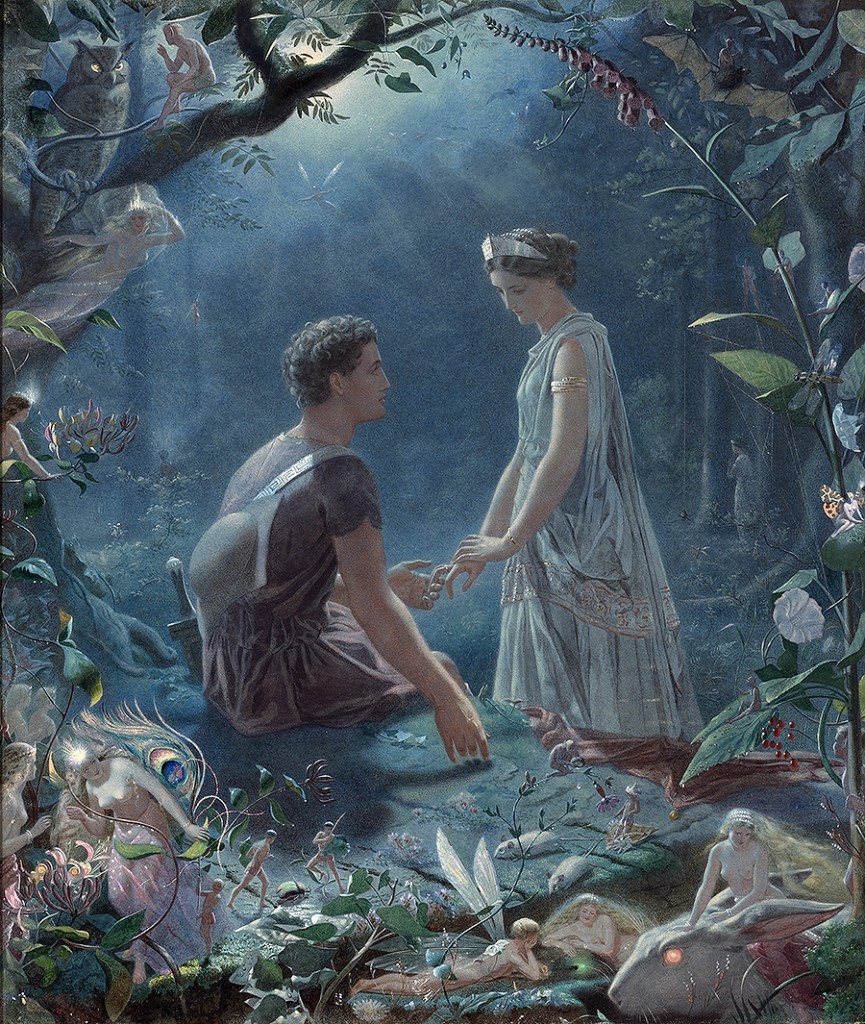
Shakespeare meets Mendelssohn in the CSO Family Matinee Series presentation of “A Midsummer Night’s Dream.” For the second program of this season’s series, the Chicago Symphony Orchestra is partnering with Chicago Shakespeare Theater to make the most of an opportunity to introduce children to two magnificent works of the human imagination: William Shakespeare’s play “A Midsummer Night’s Dream” and Felix Mendelssohn’s famous score of the same name.
“There is nothing more profound than to be able to provide any child’s first experience of being in the theater,” said David H. Bell, a longtime Chicago Shakespeare collaborator who’s directing “A Midsummer Night’s Dream.” “I think that is a really magical opportunity.”
Chicago Shakespeare actors will perform selected scenes from the play, while conductor Edwin Outwater leads the CSO in performing music that Mendelssohn wrote to express the dramatic situations and personalities of the Shakespearean comedy. There are two performances: Feb. 13 at 11 a.m. and 12:45 p.m. at Symphony Center. The one-hour program also will be presented to school groups during the same week. The CSO presentation is part of Shakespeare 400 Chicago, a yearlong international arts festival celebrating the Bard’s legacy, on the occasion of the 400th anniversary of his death.

In this 1870 illustration, British artist John Simmons depicts the lovers Hermia and Lysander, lost in an enchanted woods, in Act 2, Scene 2 of “A Midsummer Night’s Dream.”
For “A Midsummer Night’s Dream,” the accent is on the familiar. “We’re focusing on the pieces that adults are probably quite familiar with — the Overture, the Scherzo, the Nocturne, the Wedding March — but it could be the very first time that our [younger] audiences are hearing them,” said Jon Weber, director of learning programs for the CSO.
Children attending this program will meet the effervescent fairies, foolish mortals and hapless lovers of “A Midsummer Night’s Dream,” who stumble along the course of true love, with their joy and despair expressed in Mendelssohn’s immortal music. But what about the adults in the audience? For them, there are the Bard’s plot complexities and glorious language — full of double entendres and clever puns.
That the play is written in Elizabethan English should not be a barrier to children, said Bell, who’s also director of music theater at Northwestern University and artistic director of the American Music Theatre Program. “When you are dealing with the very young, what is more entrancing is the plot,” he said. “Indeed, for very young audiences, [this] includes elves, fairies and people being transformed into donkeys. So the very plot of the story itself contains those things that are very attractive to a younger audience.”
Besides, today’s young readers are familiar with the conventions of fantasy literature. “The way fantasy storytelling has taken off in the last 400 years, or even in the last 20, I believe that [children] are probably more able to accept things like fairies and transformations and the plot twists and magic potions than any audience ever in history,” Bell said.
Indeed, Shakespeare’s play has elements that recall another magical literary realm, one that has captivated an entire generation of youngsters. That similarity is not lost on Bell, although he reports that the Harry Potter series of books had no influence on this production.
“We have eight actors doing a lot of roles,” Bell said. “We will be adding pieces of costumes over fairly contemporary costumes, with a lot of changing of costumes and transformation right in front of the audience. So we’ll have trunks onstage, and that is part of the way the story is being told. We make much elaborate interplay of the changing of one character to the other.”
Which is only appropriate for a play that deals with transformations: people into animals, despair into joy, dreams into reality. And all of these transformations occur in fairyland, where the rules that govern human society are subsumed by passion, magic and chaos.
Together, the CSO and the Shakespeare Theater hope to give children the key that opens the door to Shakespeare’s magic realm, which, though born some 400 years ago, is still capable of enchantment.
Louise Burton, a Chicago-based arts journalist, writes for the online magazine Classicalite.
TOP: A detail from “The Fairies’ Song” (1890) by Robert Dudley, depicting Act 2, Scene 2 from “A Midsummer Night’s Dream.” | Illustration from the Folger Shakespeare Library